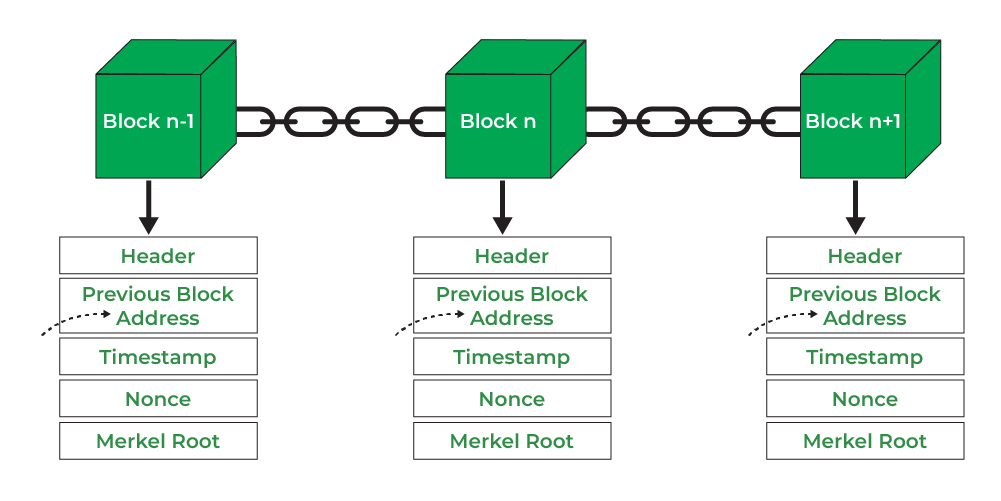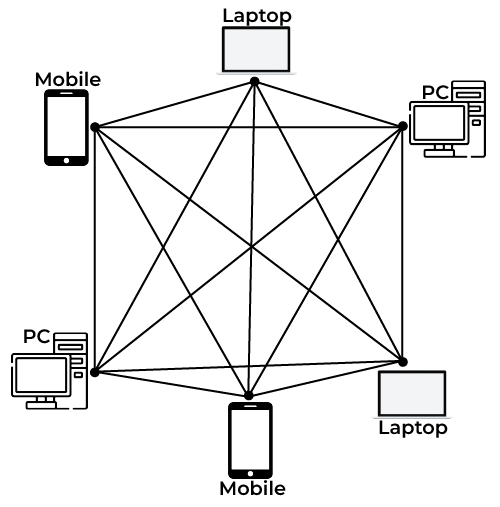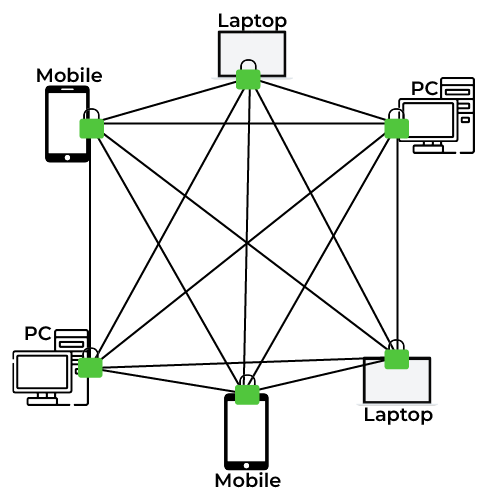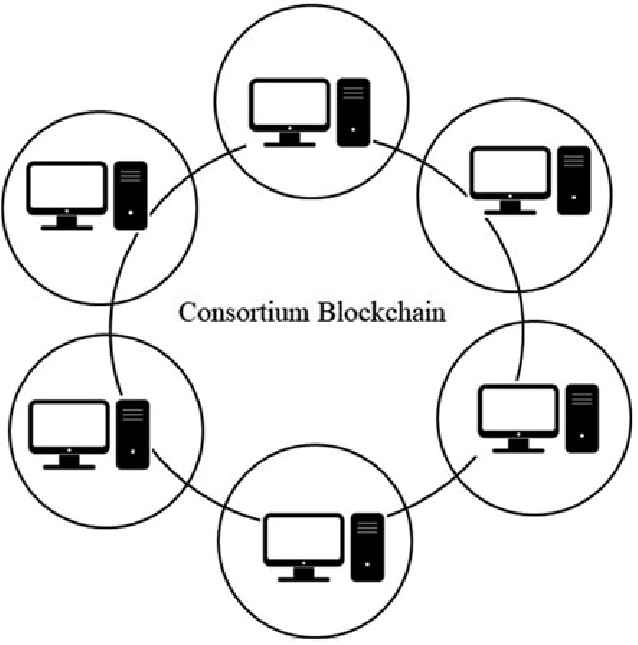Blockchain Architecture: Understanding the Structure and Applications
Introduction
Blockchain technology has garnered significant attention for its potential to revolutionize various industries, including finance, supply chain, and healthcare. At its core, blockchain is a distributed ledger technology that enables secure and transparent recording of transactions across a decentralized network. Today, we’ll discuss about the architecture of blockchain, its core components, types, and applications across different sectors.
What is Blockchain?
Blockchain is a distributed ledger technology that allows multiple parties to perform transactions without the need for a central authority. Each transaction is verified and validated by special nodes within the network, ensuring transparency, security, and immutability. The blockchain structure consists of several key components, including blocks, nodes, transactions, and consensus mechanisms.
Blockchain Architecture: Core Components

- Blocks: Blocks are the fundamental units of the blockchain, containing a list of transactions. Each block is cryptographically linked to the previous one, forming a chain of blocks that is immutable and tamper-proof.
- Nodes: Nodes are network participants that maintain a copy of the blockchain and validate transactions. Miners, who perform the process of adding new blocks to the blockchain through mining, are a type of node in the network.
- Transactions: Transactions represent agreements or transfers of assets between parties recorded on the blockchain. Each transaction is cryptographically secured and added to a block for validation.
- Consensus Mechanisms: Consensus mechanisms are protocols that ensure agreement among nodes in the network on the validity of transactions. Proof of Work (PoW), Proof of Stake (PoS), and Proof of Authority (PoA) are common consensus algorithms used in blockchain networks.
Types of Blockchain Architecture
1. Public Blockchain: Public blockchains are open and permissionless networks where anyone can participate in transactions and validate blocks. Bitcoin and Ethereum are examples of public blockchains known for their decentralized and transparent nature.

2. Private Blockchain: Private blockchains are permissioned networks where access is restricted to authorized participants. They are often used by organizations for internal operations and require permission to join and validate transactions.

3. Consortium Blockchain: Consortium blockchains are semi-decentralized networks governed by a group of organizations. They strike a balance between public and private blockchains, allowing multiple parties to participate in transactions while maintaining control over access and governance.

Advantages and Disadvantages of Blockchain Architecture
Advantages
- Decentralization ensures transparency, security, and resilience against single points of failure.
- Immutable ledger ensures data integrity and tamper-proof transactions.
- Enhanced security through cryptographic techniques and consensus mechanisms.
- Transparency and auditability enable trust among network participants.
Disadvantages
- Scalability and performance limitations, especially in public blockchain networks.
- Energy-intensive consensus mechanisms, such as Proof of Work, raise concerns about environmental sustainability.
- Regulatory uncertainty and legal challenges in some jurisdictions.
- Complex governance and interoperability issues in multi-organizational consortium blockchains.
Applications of Blockchain Architecture
- Finance: Blockchain is widely used in financial services for payments, remittances, and asset tokenization.
- Supply Chain: Blockchain improves transparency and traceability in supply chain management, reducing fraud and inefficiencies.
- Healthcare: In healthcare, blockchain enhances patient data management, interoperability, and privacy protection.
- Identity Management: Blockchain offers secure and decentralized identity management solutions, reducing identity theft and fraud.
- Smart Contracts: Blockchain enables the execution of self-executing smart contracts, automating agreements and transactions.
Conclusion
Blockchain architecture offers a decentralized and transparent approach to recording and validating transactions across various industries. With its core components, consensus mechanisms, and types of networks, blockchain has the potential to transform business operations, enhance trust, and drive innovation in the digital economy. As blockchain technology continues to evolve, its applications will expand, unlocking new opportunities for efficiency, security, and collaboration in diverse sectors.








